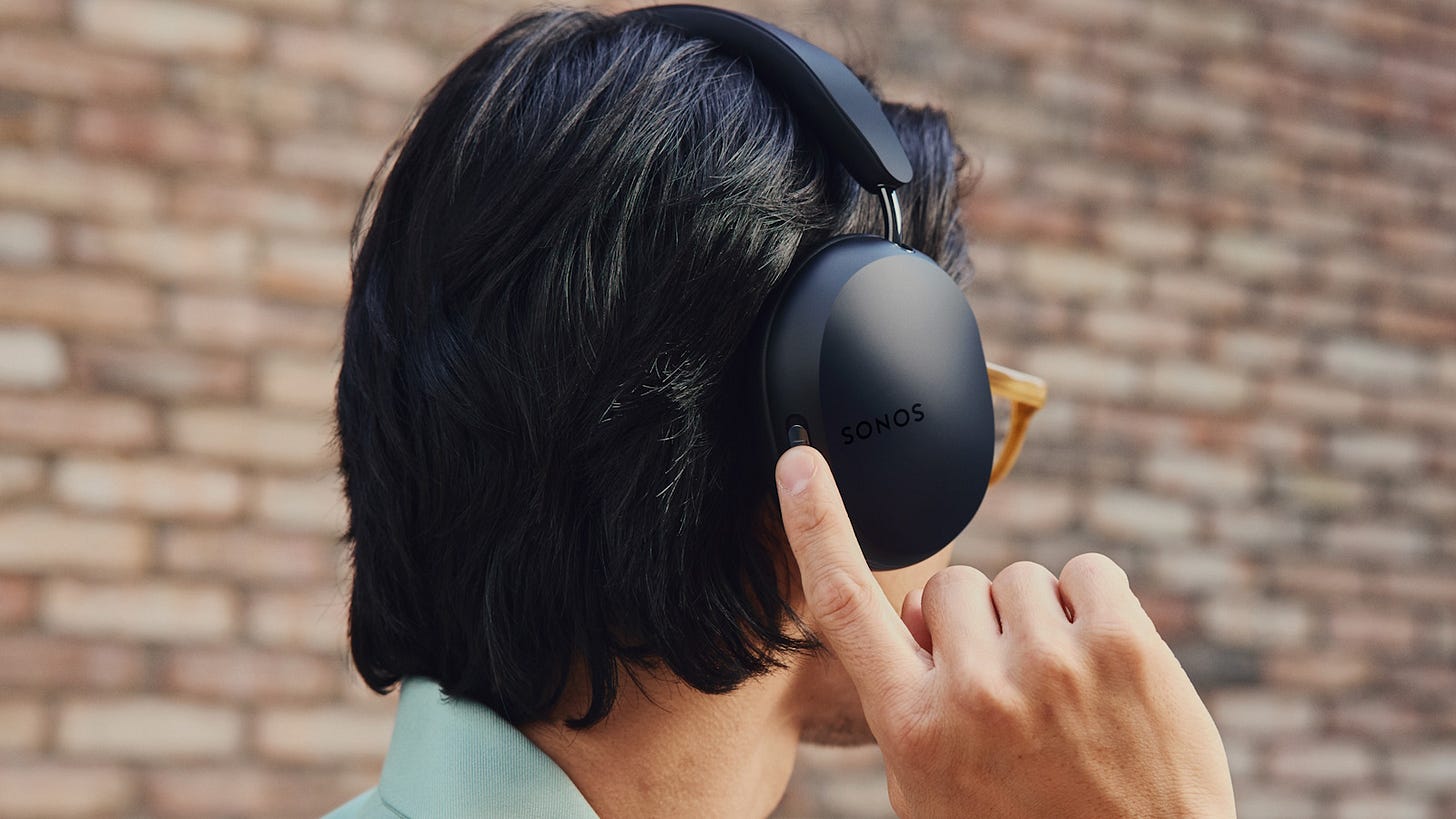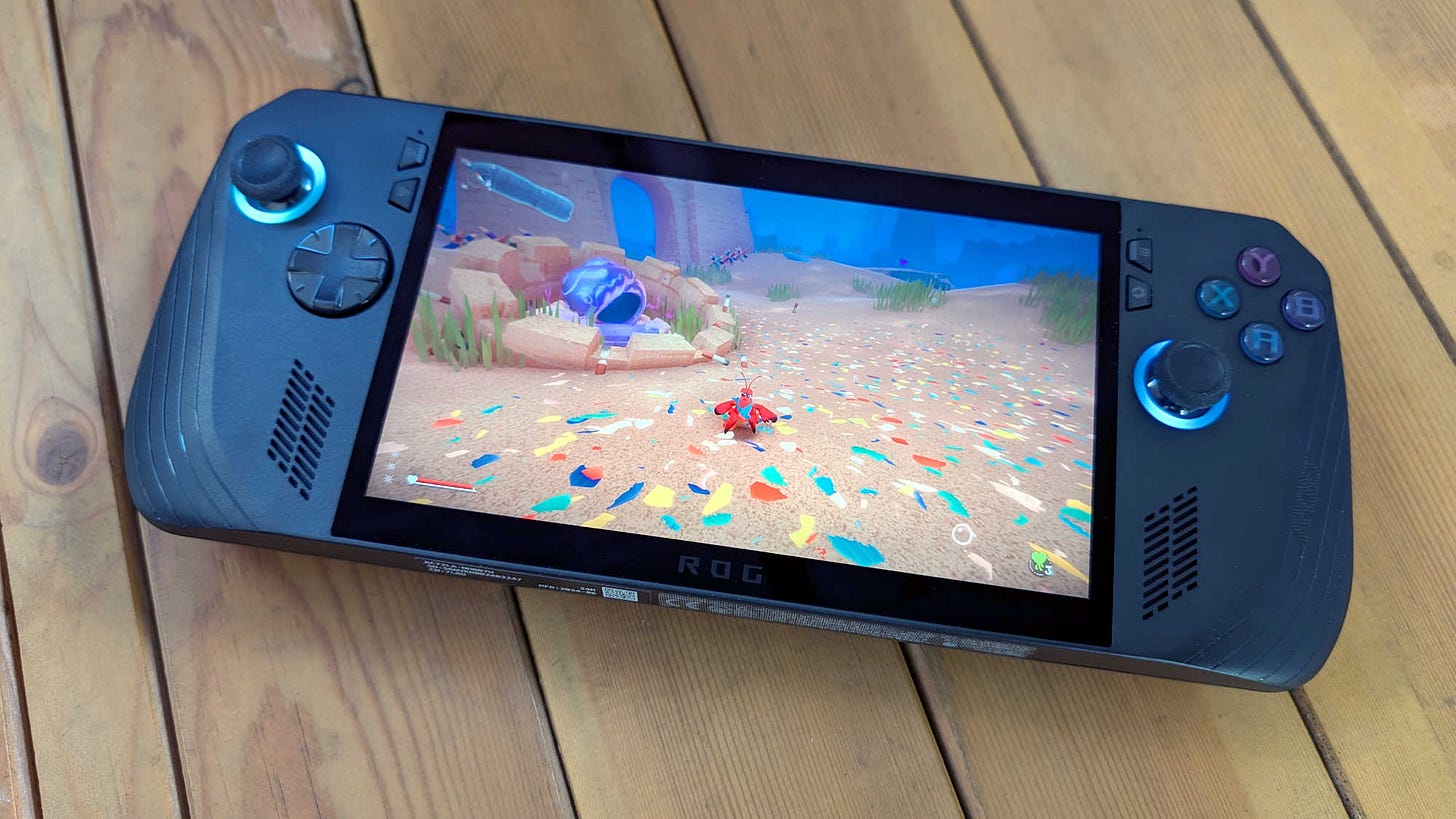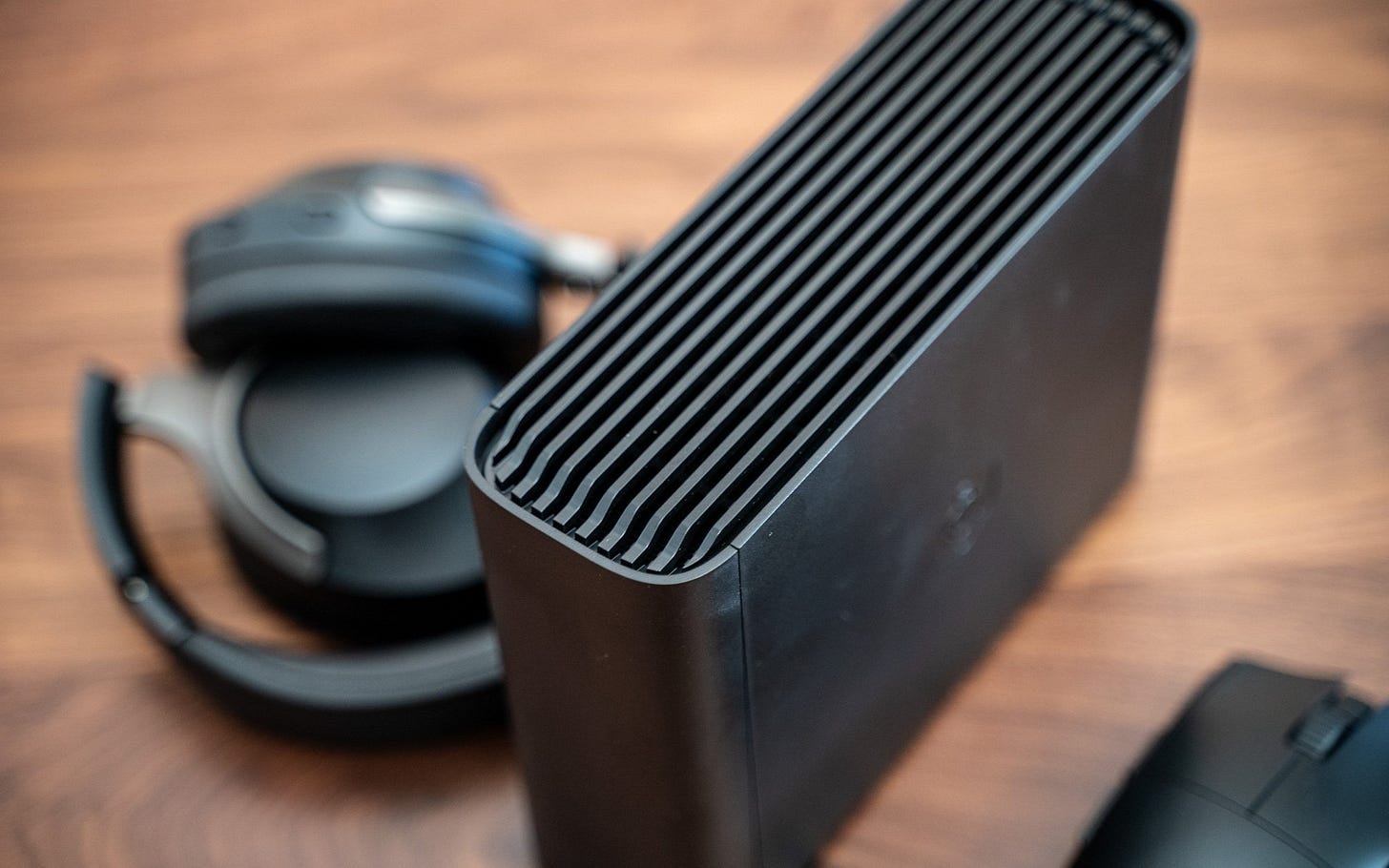Last week saw an attempt by Sonos CEO Patrick Spence to salvage any remaining goodwill from its users. They received an apology via email for the disastrous (and still ongoing) Sonos app overhaul that has caused much frustration among users since May.
The Sonos app redesign would have been my contender for own goal of the year (but then the CrowdStrike IT outage happened). To put things in perspective: A third-party app for Sonos speakers that actually works (SonoPhone) is now the No.2 paid app for Music in the App Store. Meanwhile, the official Sonos app currently has a 1.3 star rating on Google Play.
But perhaps emblematic of the problems at Sonos, some users got a blank email with just the CEO’s signature. The email also gave a roadmap of the upcoming fixes and improvements to the app. In short, the Sonos app will — by October — finally do what the old version could, like letting users edit their playlists and song queue.
The cynic in me says the timing of the apology is conveniently close to Sonos’ third-quarter earnings report, which is due next week. And Sonos’ troubles are far from over: Some Redditors recently found that the battery drain for the Sonos iOS app is overly high despite it running in the background.
As an owner of several Sonos products, I have also been frustrated by the app. I have gone through the whole gamut, from the app failing to find the speakers to the lack of volume numbers to the music playback randomly stopping halfway through an album. Now, it hasn’t been as terrible as the experience of some — Sonos users who play music from a local library had it worse — but it hasn’t been great, either.
To be fair, the old app had an ageing user interface, and wasn’t always the most responsive. But everything worked. Sonos, though, was right to start a new, more modern app from scratch — this in-depth analysis on the new app is enlightening. But pushing it out early — likely to coincide with the launch of the Sonos Ace headphones — looks increasingly the wrong call.
Speaking of the Sonos Ace, some of the promised features finally have a date. I was told that the Ace’s TV Audio Swap will work with an Android device from next week (August 6). Meanwhile, the TrueCinema feature that optimises the Ace’s sound to your room setup and listening location is expected to arrive on September 24.
Our reviews this week includes a refreshed Asus ROG Ally X handheld gaming PC that boasts twice the battery capacity, a novice-friendly personal backup solution from Synology, and Samsung’s latest Galaxy smartwatch with even better sleep tracking.
With the ROG Ally X, Asus has mostly fixed the flaws of last year’s model. Yes, Windows 11 on this gaming handheld is still clunky, but unless all your PC games are on Steam — in which case we would recommend the Steam Deck — the Ally X is probably the best portable Windows gaming console now.
Relying on the cloud is fine and dandy, until something, like the recent CrowdStrike outage, takes down your internet or cloud service. In short, you shouldn’t put all your data in one basket. Instead, have a local backup option like the Synology BeeStation, a 4TB storage device for your photos and files, to complement your cloud storage plan.
While the design of the latest Samsung Galaxy Watch 7 remains the same as last year’s version, the new smartwatch offers tangible improvements under the hood, thanks to a new processor, improved sleep tracking, and AI-powered insights. Battery life, though, isn’t better, so you can expect one to two days of usage.








